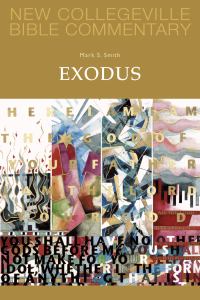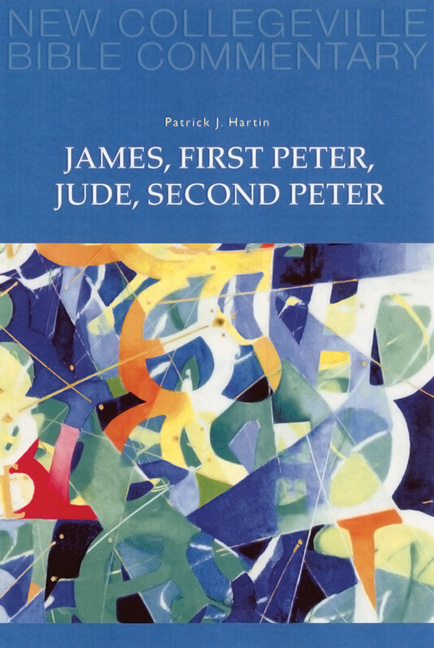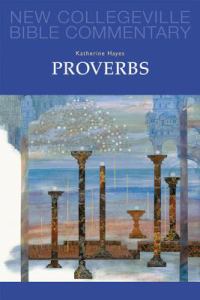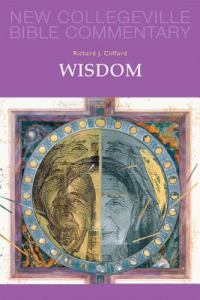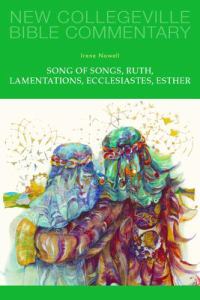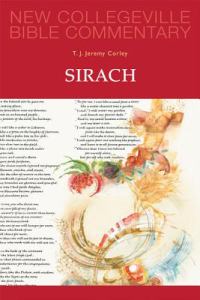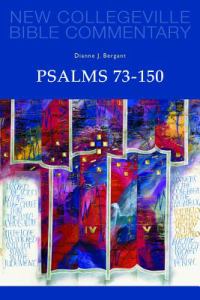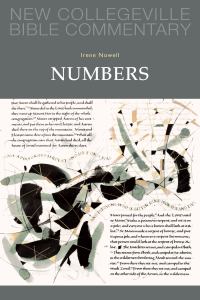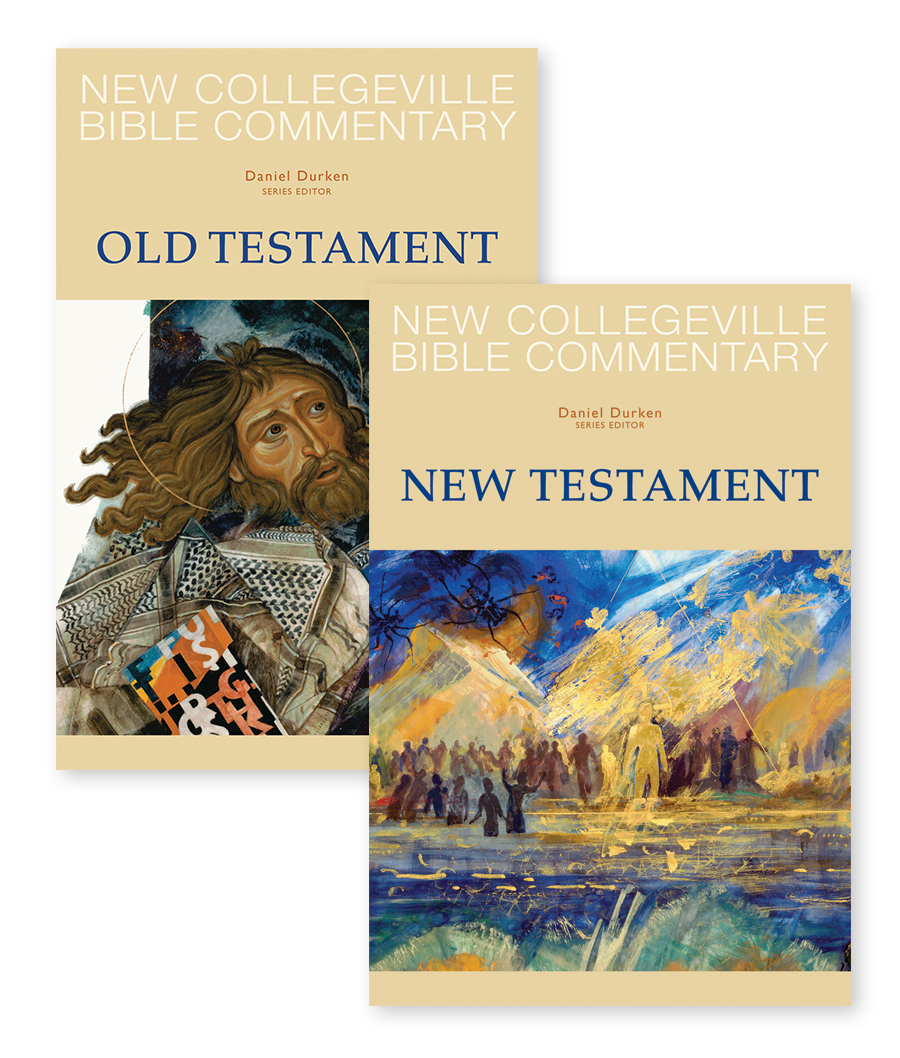The absence of stories of Jesus’ birth and infancy, a minimum of Jesus’ parables and a resurrection scene without sight or sound of the risen Jesus have tempted readers to shortchange Mark’s Gospel. Thanks to the insightful analysis and inspiring reflections of Marie Noonan Sabin, anyone studying this premier Gospel with her guidance will recognize the genius of the original author.
Sabin asserts that Mark’s Gospel is not an eyewitness account or a work of biography or history. She writes, “What Mark gives us is far richer. He interprets Jesus in the light of the Hebrew Bible, showing Jesus to be not only a teacher of Wisdom but Wisdom itself, calling his followers to an unconventional wisdom, a way of living (and a way of dying) that he himself exemplifies.”
The cover of this commentary from The Saint John’s Bible highlights Sabin’s thesis that the transfiguration of Jesus is pivotal to the Gospel: “The scene [9:2-8] overshadows both parts of the Gospel, emphasizing God’s creative, transforming, transfiguring power to restore life.”
Sabin gives special attention to Mark’s key words and phrases (e.g., “release,” “rise up” or “be raised,” “straightway,” and “ecstasy”) and his pattern of twos and threes. Especially helpful are the summaries at the end of each chapter. Here is a commentary that will restore Mark’s prime place among the other two Synoptic Gospels.
Comrehensive and understandable, the New Collegeville Bible Commentary series brings the timeless messages and relevance of the New Testament to today’s readers. With recent scholarship, this series provides vital background and addresses important questions such as authorship and cultural context. The New Collegeville Bible Commentary includes New American Bible translation and will appeal to preachers, teachers, Bible study groups, and Bible readers.
Marie Noonan Sabin, Ph.D., has taught the Gospel of Mark at Bangor Theological Seminary; an earlier book on Mark, Reopening the Word, was published by Oxford University Press in 2002.

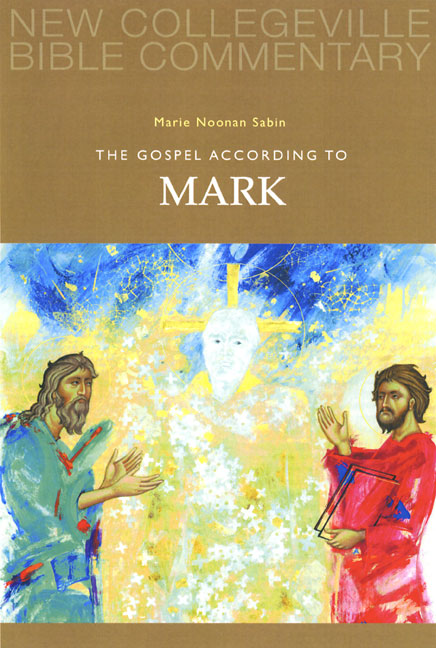
 Back
Back
